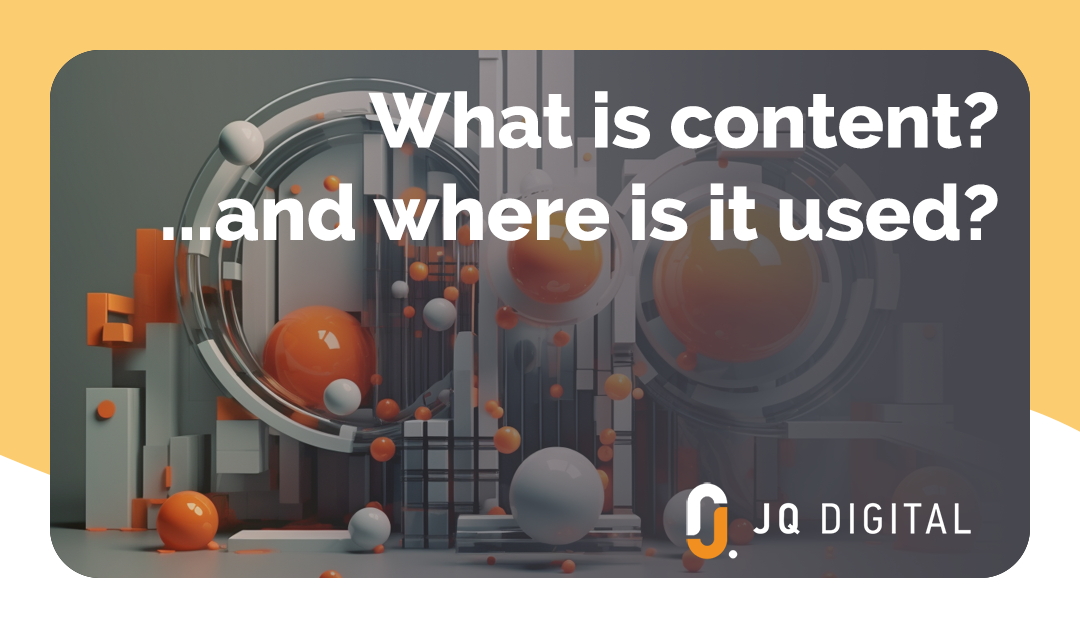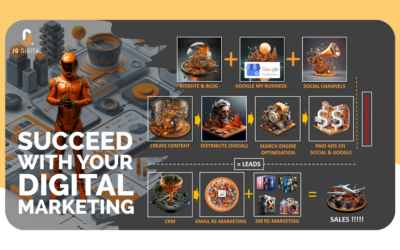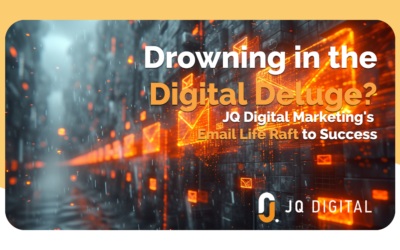So content marketing is the big buzzword in online marketing or digital marketing strategies. Whole seminars and hundreds of articles like this one talk about it, so there must be something to it. Any digital marketing expert will tell you that if you have a website and are on a few social media platforms, you need to be creating content to be found by and engaging with clients …which will ultimately lead to sales.
Content has a few essential functions – It informs and educates your clients amongst other things (See our blog on 6 good reasons why content marketing really works) and in doing so you build relationships with prospective clients instead of selling to them.
Certainly the creation and use of content is an essential part of any formulated digital marketing strategy, but many people just really don’t know what needs to be created and where to use it anyway.
Maybe we can help – so ‘what is content? …and where is it used?’
Content is communication
In essence content is anything you can devise with which to communicate with your customers. So how do we communicate? Through words, audio and pictures of course. So what are the specific items that are used in social media that are considered to be content and primarily where are they used?
Blogs, articles and posts – These are exactly what you are reading right now. A short written ‘thought’ piece is a blog – usually populating your website – or some social media outlets. Whole blogs are seldom read on platforms other than maybe ‘Tumblr’ which is designed for blogs, so short ‘posts’ are usually derived from parts of blogs and populate places like Twitter and Facebook. In the case of LinkedIn, the largest business social media platform and an absolute must for anyone in business, an article, which is a longer first person reflective piece about your business, shows you to be an expert or ‘influencer’ in your field. (See a great article by Juan Quinn of JQ digital on LinkedIn on ‘How to influence and not just be present’) Remember whatever you post on social media eventually disappears, but what you post on your own website remains forever and becomes your intellectual property!
Podcasts – Many people don’t want to take the time to read blogs and articles, or just prepare to close their eyes and listen. Podcasts are a great way to express your ideas and messages through the medium of audio and these are popular business tools to also repeat seminars and meetings for those unable to attend the event. They need not just be used ‘in house’ on websites though and are becoming more acceptable as social media marketing devices too. Generally they are very ‘informative.’
Pictures – Every picture tells a story and paints a thousand words so they say. Create great pictures – not only to accompany articles, but to stand alone (usually with short captions) on platforms like Instagram and Pinterest
Videos – Combining moving pictures with audio and words can be the most effective of all content and it is said that U-tube is fast becoming the biggest online business marketing platform of all. Facebook is now also a video platform so get a good videographer to start shooting something your client can identify with. Remember – no selling – inform, educate and build trust.
Infographics – Generally a simpler form of visual imagery is used and although they are also used on U-tube, they are effective on websites and social media platforms too. This combines all of the above mediums of writing, pictures and audio and also primarily informs.
Make your content work for you
Considering your online presence is a needle in a haystack of some 30 million people that use the internet alone and 80 million using their phones (not to mention a target audience of hundreds of millions when combining all online and social media platforms), it is a good idea to contact digital marketing experts JQ digital. We can help you to make the most of the content you create – or for that matter create the content for you. Let us get you to the top of that haystack and shining!






